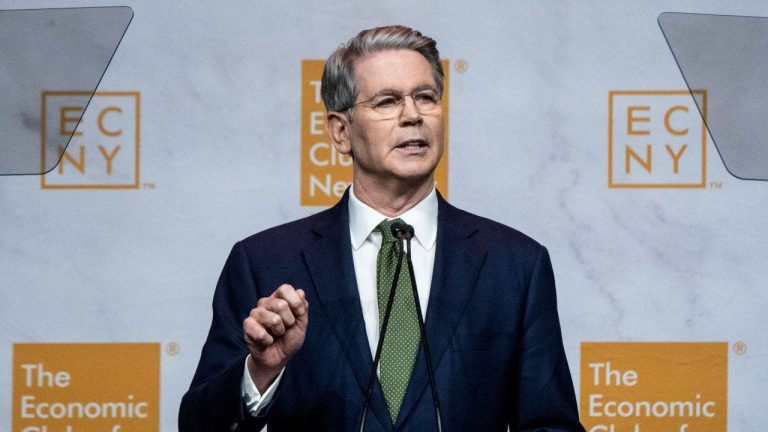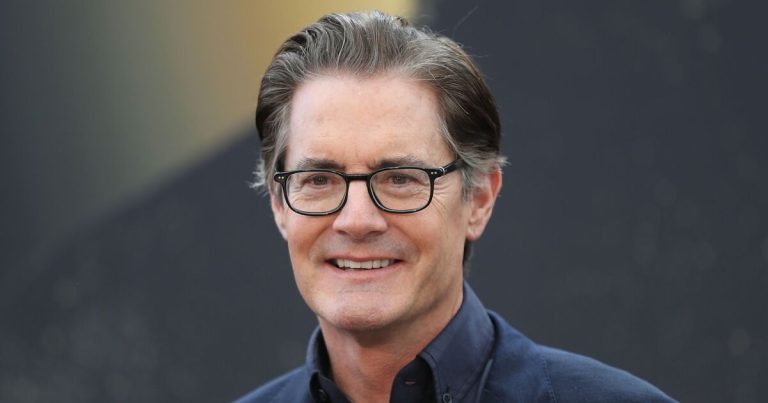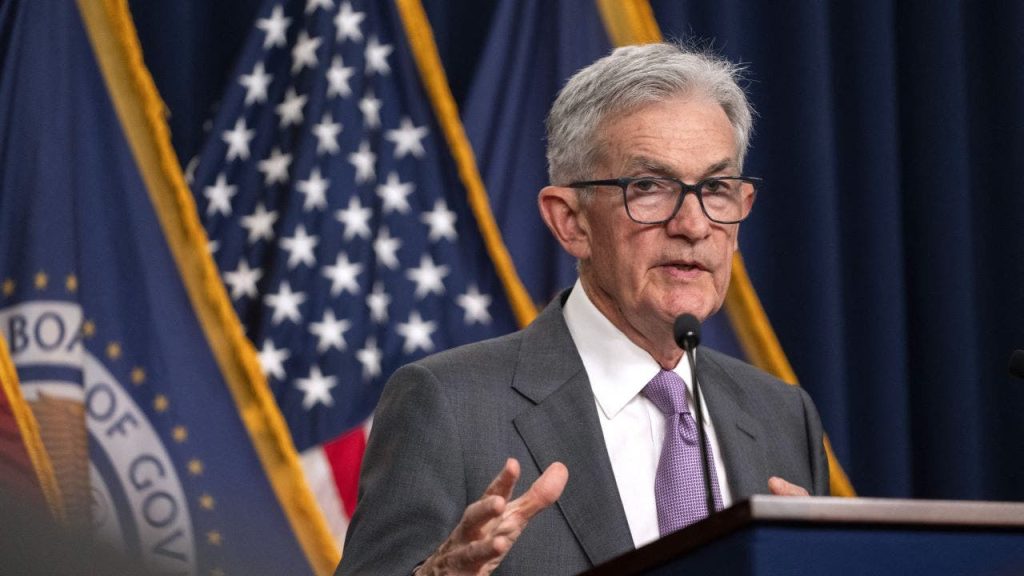
SMBC chief economist Joe LaVorgna provides his expectations for the Federal Reserve rate decision and weighs in on the state of the labor market on ‘The Big Money Show.’
The Federal Reserve on Thursday announced its second consecutive interest rate cut, lowering the benchmark rate by 25 basis points amid economic data showing signs that inflation and the labor market are cooling.
With the 25-basis-point cut, the benchmark federal funds rate will sit at a range of 4.5% to 4.75%. The Fed’s move follows a larger-than-normal cut of 50 basis points at its September meeting, which was the first rate cut since March 2020 and brought rates down from a range of 5.25% to 5.5% — the highest level since 2001.
The Federal Open Market Committee (FOMC), the Fed’s policymaking arm, noted that “labor market conditions have generally eased, and the unemployment rate has moved up but remains low. Inflation has made progress toward the Committee’s 2 percent objective but remains elevated.”
Policymakers noted in the announcement that they’re “attentive to the risks to both sides of its dual mandate” — which is to promote maximum employment and stable prices. All FOMC members voted in favor of the rate cut.
FED’S FAVORED INFLATION GAUGE SHOWED PRICE GROWTH CONTINUED TO SLOW IN SEPTEMBER
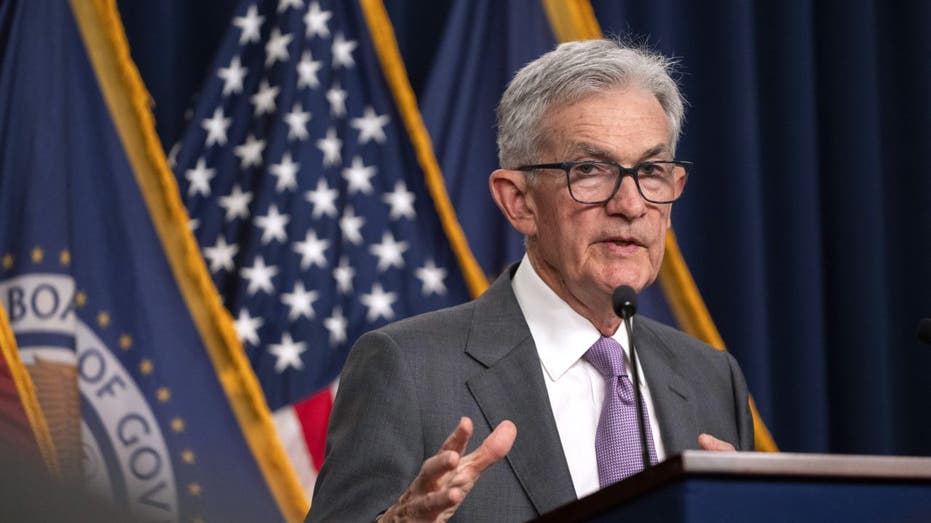
Federal Reserve Chair Jerome Powell said the central bank will tailor its adjustments to interest rates based on economic conditions. (Roberto Schmidt/AFP via Getty Images / Getty Images)
Fed Chair Jerome Powell said at the press conference that the “economy is strong overall and has made significant progress toward our goals over the past two years.”
“The unemployment rate is notably higher than it was a year ago, but has edged down over the past three months and remains low at 4.1%,” Powell said. “Overall, a broad set of indicators suggest that conditions in the labor market are now less tight than just before the pandemic in 2019. The labor market is not a source of significant inflationary pressures.”
He said of the Fed’s decision to cut rates by 25 basis points to a range of 4.5% to 4.75% that policymakers are aware that reducing rates too quickly could hinder progress on inflation, while moving too slowly could “unduly weaken economic activity and employment.”
“As the economy evolves, monetary policy will adjust in order to best promote our maximum employment and price stability goals. If the economy remains strong and inflation is not sustainably moving toward 2%, we can dial back policy restraint more slowly. If the labor market were to weaken unexpectedly, or inflation were to fall more quickly than anticipated, we can move more quickly,” Powell explained.
EL-ERIAN: INTEREST RATES, INFLATION MOVING IN RIGHT DIRECTION, BUT LOWER PRICES ‘NOT GOING TO HAPPEN’
Powell was asked about the impact of the election on the Fed’s monetary policy decisions and planning around future rate moves and replied, “In the near term, the election will have no effects on our policy decisions,” noting that it is unclear at this time what the substance of any fiscal policy changes would be, and therefore the economic impacts are uncertain.
“We don’t guess, we don’t speculate and we don’t assume. Now, just in principle, it’s possible that any administration’s policies or policies put in place by Congress could have economic effects that, over time, would matter for our pursuit of our dual mandate goals,” Powell said while noting that they would study economic forecasts of such proposals using the Fed’s models.
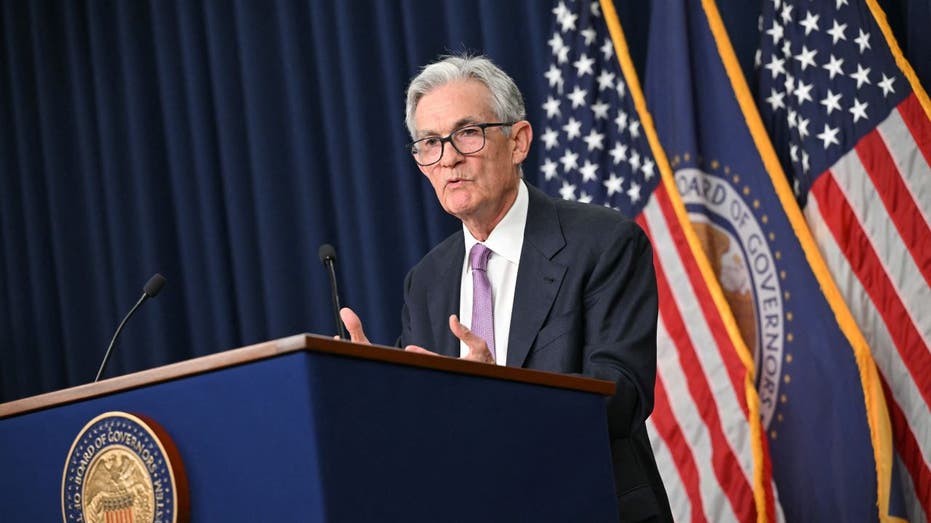
Federal Reserve Chairman Jerome Powell holds a press conference in Washington, D.C., on Sept. 18. (Mandel Ngan/AFP via Getty Images / Getty Images)
He also fielded a subsequent question about whether expectations of higher budget deficits are keeping market interest rates elevated and whether rising deficits concern him. Powell responded saying, “We don’t comment on fiscal policy,” and added, “I don’t have a lot more to say on what’s driving bond yields.” He also explained that if, for example, Congress were to consider revisions to tax laws that could have an economic impact, they would study those projections.
WHY ARE CONSUMERS PESSIMISTIC ABOUT THE ECONOMY WHILE INFLATION IS COOLING?
Powell was asked about comments by some of President-elect Trump’s advisers about whether he would step down as Fed chairman if Trump were to ask him to resign, and he replied, “No.” He was asked in a follow-up whether he thinks he would be required to leave in response to such a request, and he said, “No.”
The chairman was asked about large budget deficits and federal debt mounting to historic levels and said that like predecessors in his role, he will say that “fiscal policy is on an unsustainable path, the level of our debt relative to the economy is not unsustainable — the path is unsustainable. . . . It’s important that the debt be dealt with, it is ultimately a threat to the economy. I can say that, I don’t have oversight, we don’t have oversight over fiscal policy.”
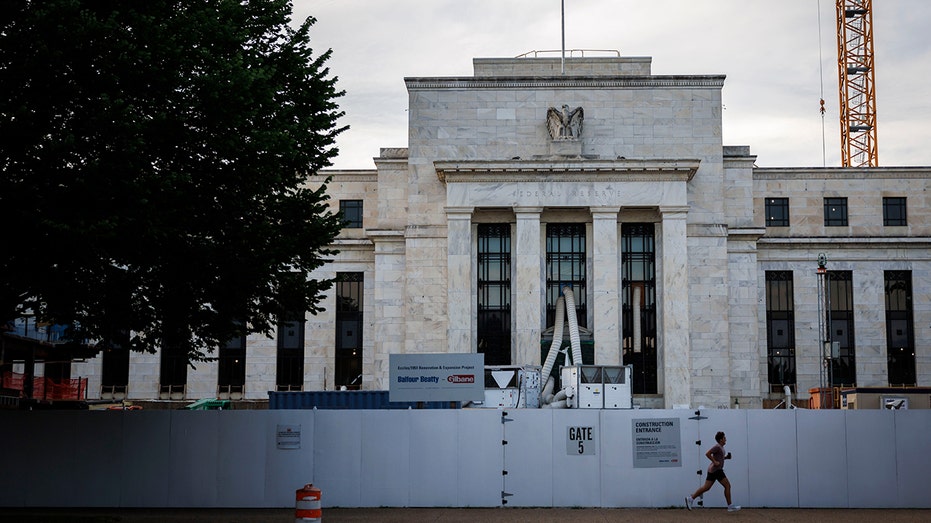
Federal Reserve policymakers are keeping the dual mandate of maximum employment and stable prices in mind as they make monetary policy decisions, Powell said. (Ting Shen/Bloomberg via Getty Images / Getty Images)
As far as the pace of future rate cuts, Powell emphasized that the Fed doesn’t want to move too quickly and risk a resurgence of inflation nor move too slowly and do unnecessary damage to the labor market and working people’s lives.
“These two things are risks we have to manage,” he said. “We try to be in the middle and deal with both of those. Again, the idea is to maintain, to support the strength that we have in the labor market and the economy, but also with somewhat less restrictive but still restrictive policy, enable progress towards our 2% goal. So this is a thing where meeting-by-meeting we’re going to be making our assessment about what the right path is.”
GET FOX BUSINESS ON THE GO BY CLICKING HERE
“The precise timing of these things is not as important as the overall arc of them, and the arc of them is to move from where we are now to a sense of neutral, a more neural policy. We don’t know exactly where that is, we only know it by its works. We’re pretty sure it’s below where we are now, but as we move further, there will be more uncertainty about where that is and we’re going to move carefully as this goes on so that we can increase the chances that we will get it right,” Powell said.


